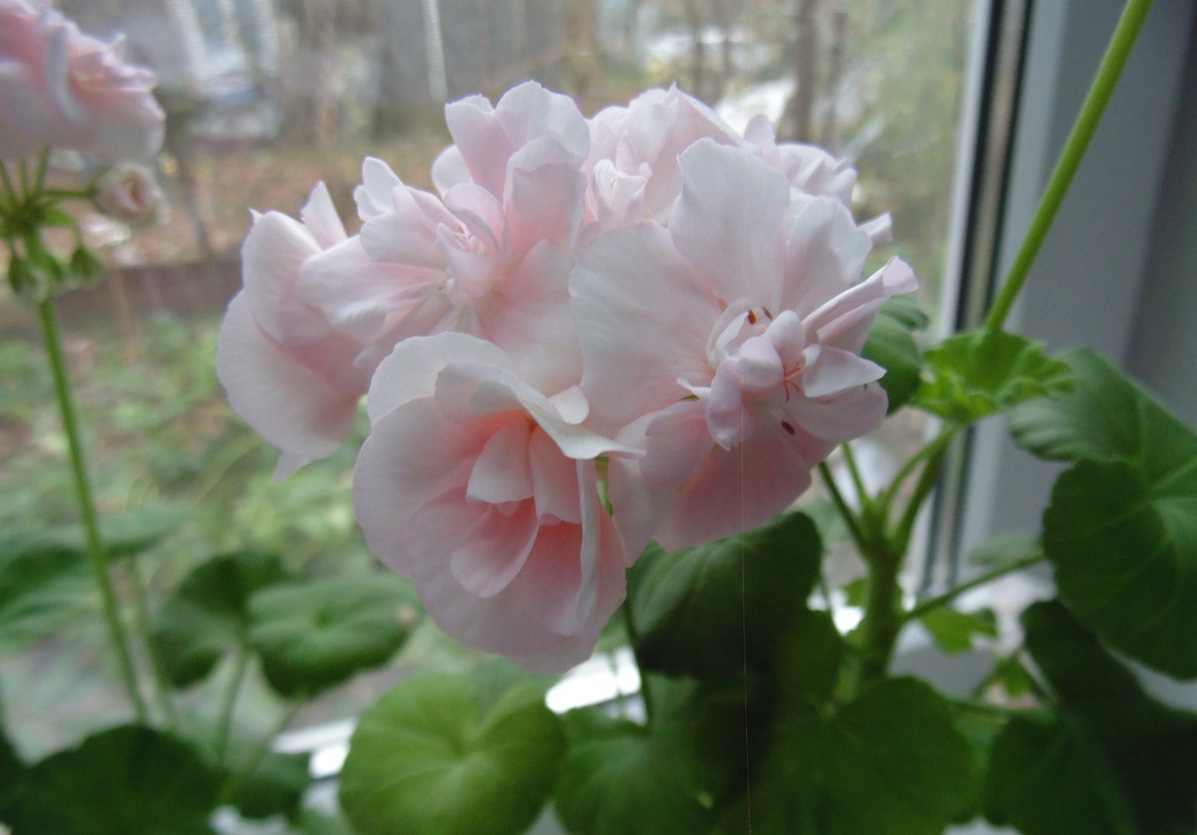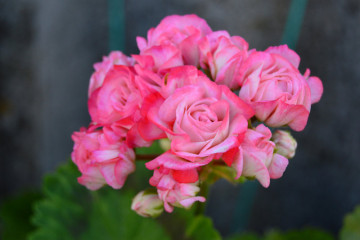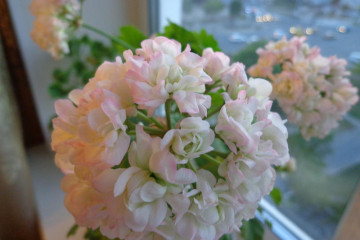Pelargonium Ingrid - characteristics and cultivation
Content:
Pelargonium Queen Ingrid is a wonderful plant, representative of the zonal rosebud pelargonium with pink flowering. The unpretentiousness and decorativeness of the variety are the main reasons for its popularity. Long flowering and large flowers are pleasant bonuses for the grower.
Similarities and differences between the two varieties
Representatives of the aristocracy among geraniums, Pelargonium Ingrid Grycksbo and Pelargonium Ingrid (Ingrid), are similar in appearance, but have some varietal differences.
Both belong to the dwarf zonal, they are distinguished by increased decorativeness. However, Ingrid Griksbo's pelargonium has flowers of a more saturated orange hue. In the middle there is a snow-white core. The leaves are colored unevenly: the central part is light green, the color is saturated along the edges. The bush itself is neat, does not need shaping.
Description of Pelargonium Queen Ingrid:
- Large double flowers. The petals are pale pink, often decorated with green or white spots, but can also be monochrome.
- The leaves are deep green, the shade is uniform over the entire surface.
- The root system is branched.
The flowering period is from early March to the second half of October.
Planting and leaving
The variety is unpretentious, ideal for beginners. However, it is important to follow certain care guidelines.
Choosing a place, substrate and capacity
A bright place is suitable for Ingrid pelargonium, so the flower pot is placed on the south side windowsill. In summer, when the rays of the sun are especially scorching, they create a light partial shade for the plant, curtains the window with tulle. However, they do this for any geranium or pelargonium.
It is important to protect the plant from drafts, but it needs fresh air, so the room where it grows is regularly ventilated.
Suitable soil is neutral or slightly acidic. It is permissible to purchase a ready-made composition for geraniums in the store or mix it yourself using garden soil, coarse river sand and turf in equal quantities. It is imperative to make a drainage layer in the pot, this is the best prevention of waterlogging, which is dangerous for the plant.
Suitable pot diameter - 12 cm, height - 15-20 cm. Any material is acceptable, high-quality plastic or clay.
Watering, spraying, moisture
Irrigation should be moderate and regular. Water - soft, settled, but even better - rain.
Do not allow the earthen coma to dry out or waterlogging of the soil. Spraying with a spray bottle is optional, but it helps to remove dust from the leaves and create optimal moisture levels. Therefore, it is practiced by flower growers.
It is important to spray early in the morning, before the sun appears, otherwise there is a high risk of burns.
Top dressing and pruning
Pelargonium rosebud Queen Ingrid or Griksbo needs fertilization with compositions for geraniums in the spring, at the beginning of the growing season, as well as during budding and flowering. It is unacceptable to use organic matter for feeding.
Reproduction
It is carried out in two ways - by seeds and cuttings. The first option is considered the most difficult, it is almost impossible to get seed on your own, they should be purchased at a reliable flower shop. It is much easier to pluck a stalk from the mother bush and root it. Sequencing:
- Carefully cut off 1-2 upper shoots from the donor plant up to 8 cm long.
- Dip them into the Epin growth stimulator.
- Plant in nutritious soil, water gently and cover with a plastic bottle to maintain temperature and humidity.
Ventilate the sprouts every day, moisturize if necessary.
Diseases and pests
The yellowed leaves of pelargonium indicate that the plant does not have enough light. If they began to wither and fall off, then this is a sure sign of boggy soil, the plant must be transplanted promptly.
Such is the amazing Pelargonium, Queen Ingrid, whose pale pink double flowers really evoke associations with something regal, aristocratic. And the Griksbo variety, with a bright color of petals, is able to compete with almost any home flower.

















